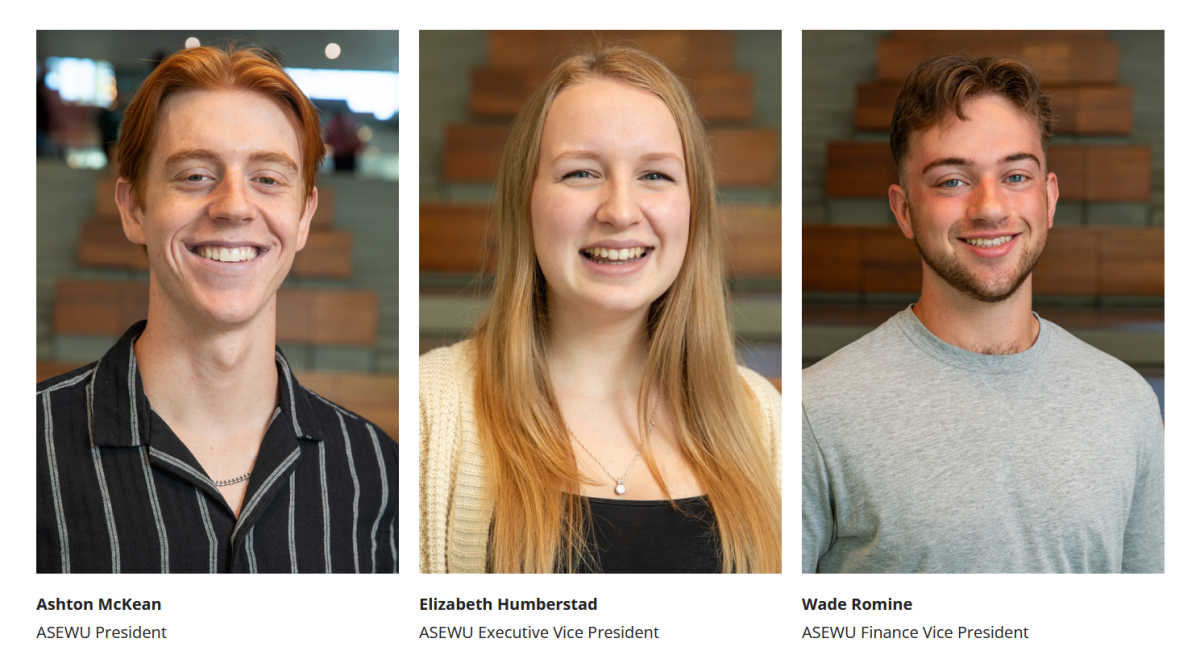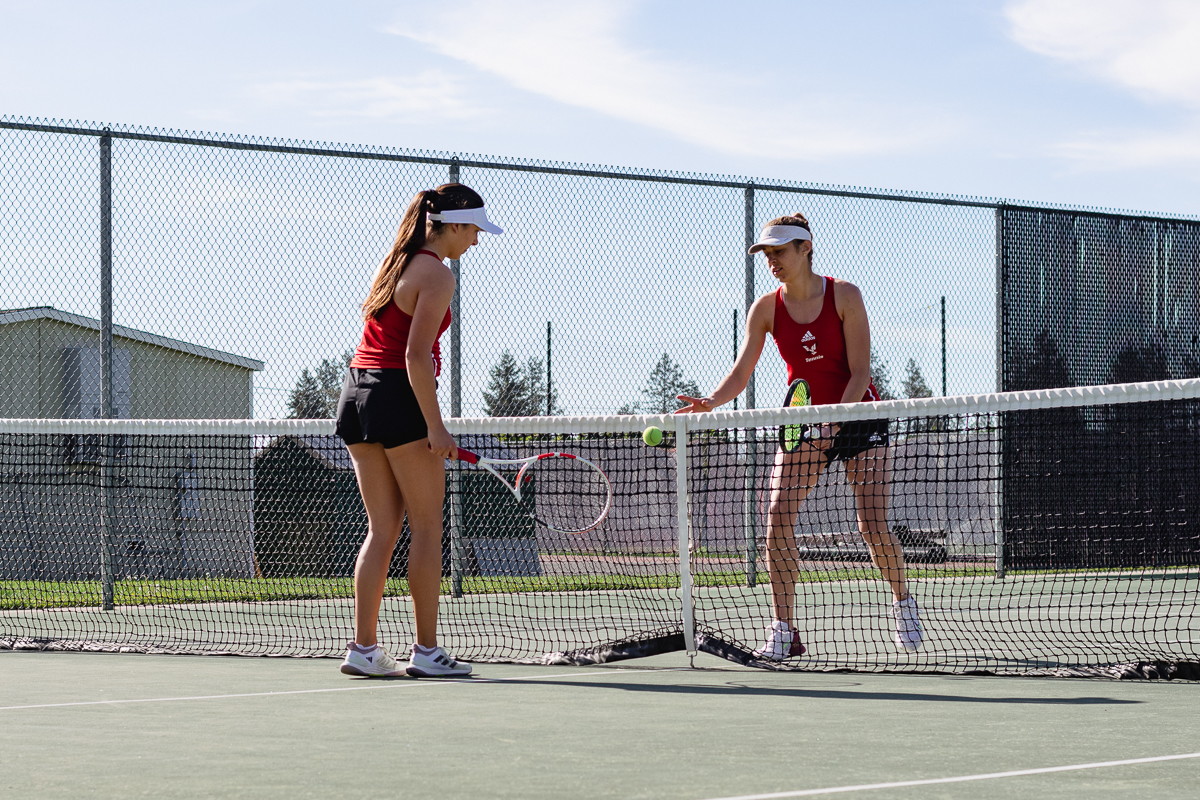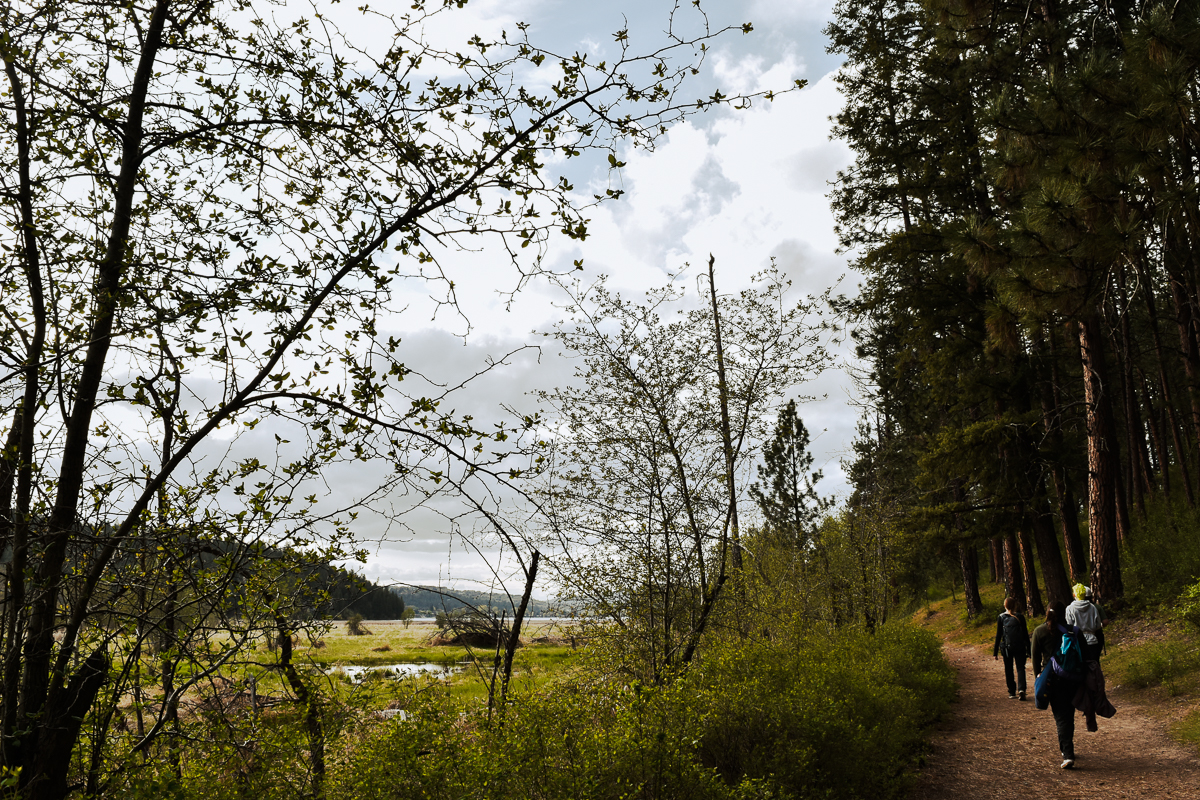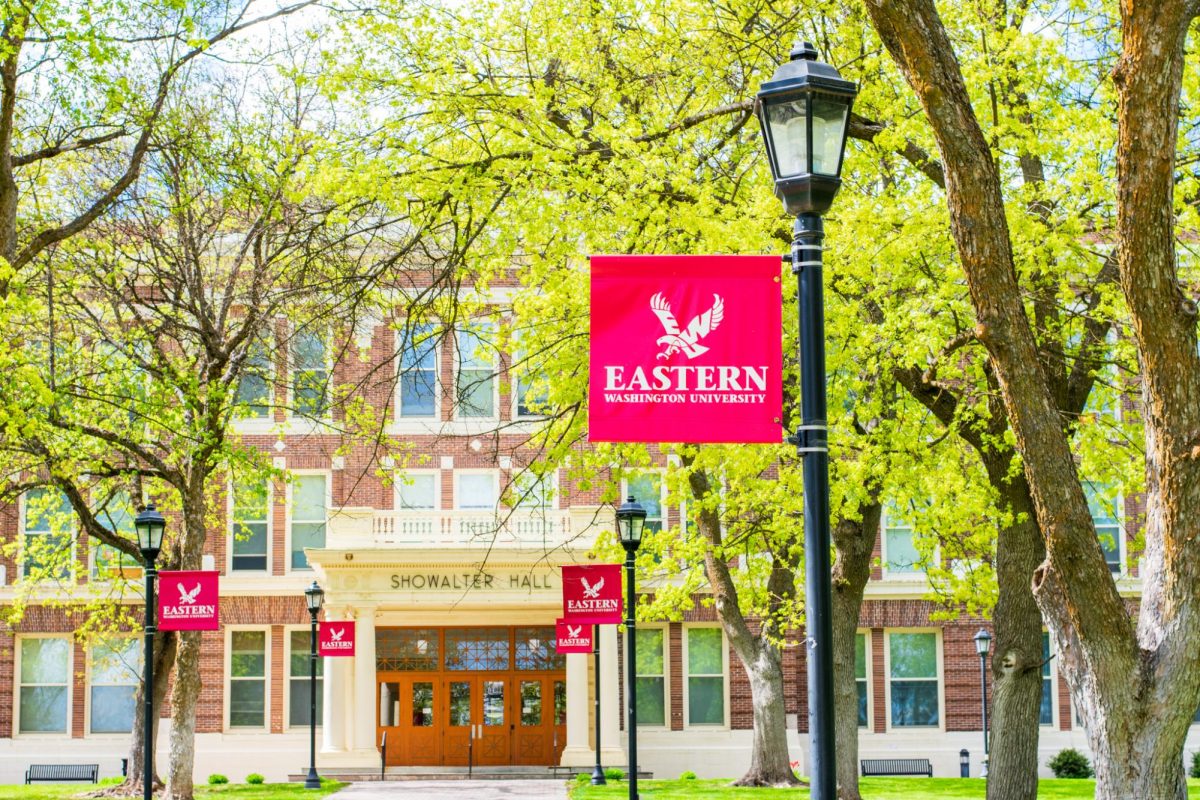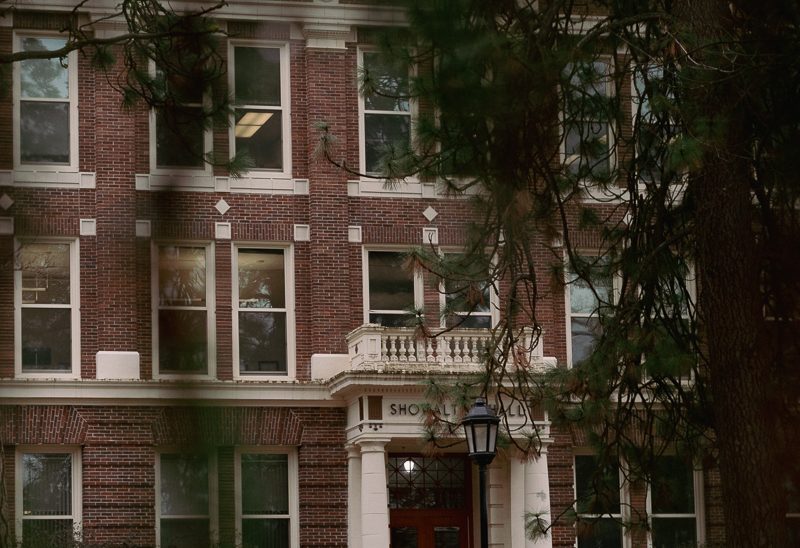By Paul Sell, Staff Reporter, p.robert.sell@gmail.com
With the Spokane Transit Authority adding four more outbound bus trips to the Cheney bus line on Jan. 20, as well as some minor timepoint changes, this raises the question of which travel method is a more efficient way of getting to campus: car or bus?
When the weather is nasty outside, it is important to have options as well as know the advantages and disadvantages of both driving and using the bus.
The immediate advantage to using the bus is that, with the STA, all EWU students with their student ID card ride for free.
“I usually take the bus every single day,” said Amy Sillingsad. “It becomes routine, and it saves money.”
On top of that, students no longer have to worry about the stresses of driving. The problems of traffic fade away for the student, and this even gives students time to relax, study and converse with others.
Josie Garron said, “You don’t have to worry about the weather. You don’t have to worry about parking and it saves on gas.”
For students who do not have a good winter-ready car, or don’t have any car at all, the bus is there to get students to campus in a fast and efficient way.
“It’s just about as efficient and free,” said Gabe Nemoff on taking the bus to campus over driving.
However, because of the unpredictable winter weather, the bus system can run late or not be fully prepared for the influx of students who refuse to drive to campus in such terrible conditions.
“The last time I rode the bus, it got delayed because of the snow, so I was late to my class,” said Amanda Humphrey. “It was also late to pick me up. It’s faster and more reliable for me to drive myself.”
When traveling to campus by bus, students are going by the STA’s schedule. If you are a minute late, you have to wait for the next bus, meaning you are going to be late to class.
Ammi Brady said, “It’s not guaranteed that you’ll be on time [with the bus]. I feel more in control when I drive.”
When driving to campus, you are allowed to set your own schedule instead of relying on others to help you get to class on time.
“I’m on my own schedule,” said Eric Jaderquist. “I don’t have to wait for the bus. I can come whenever I want, leave when I want and no bus stop to wait for.”
Some EWU students must drive to campus because either the bus does not come out to where these students live, or riding the bus to campus would take up more time than it would to drive.
Alicia Stark said, “The bus route takes an hour and a half just to get to school, and I have an 8 a.m. class.”
On the other hand, the immediate downside to driving is the cost of gas and car maintenance, such as winterizing. The distance between the Park & Ride and the Eastern campus is 15.96 miles, meaning a car goes at least 31 miles on a typical day’s travel to EWU.
“If it weren’t for my daycare arrangements for my son, I would take the bus everyday,” said Camille McNelley.
While both driving and taking the bus have their advantages and disadvantages, it ultimately comes down to what works for each student and how they respond to snowstorms.
Here are a few tips to make for more effective travel to the Eastern campus.
– Carpool: If you know some EWU students that live close to you, pile in the same car and drive to campus. Every day, switch to a different car. If someone will not drive, offer to pay for a portion of the gas. This works especially well if the people you are driving with are in the same major or classes.
– Know your schedule and route: Make sure you know what time you have to be on campus, how long you will be on campus and how you will get to campus.
– Plan ahead of time: If you take the bus, look at the STA website the night before your classes to see when would be the best time to head down to the STA Plaza, Jefferson Park & Ride, etc., as well as figure out how long it will take to drive to that location.
– Give yourself some extra time/Check weather reports: If there is a big snowstorm coming in, odds are the buses will be running late, and the freeway will be backed up and icy. Leave about five to ten minutes earlier than usual, and you will probably make it to campus at your usual time.
– Have a planned parking spot: If you are driving to campus, make sure you have a few parking spots planned out ahead of time, and make sure it is a spot that gives you enough time to walk to your class. Know where it is free parking or paid parking.
– If you want to take a later bus, be confident in your walking ability: If you have a class at 10 a.m, and you are on the last bus before your class starts, odds are it will get to the PUB at about 9:57 a.m. Now you need to run like a bat out of hell to your class. In that case, either get on an earlier bus, or make sure you get off at the right stop.
– Check to see if there are any bus delays/detours: Check the STA website to find out if your bus is going to be late or if it will go a different route than usual, which can mess up your timing if you are unprepared.
– If you have a class between 9 a.m. and noon, don’t expect to get a parking spot at Jefferson Park & Ride: Most, if not all the parking spots at Jefferson Park & Ride are taken by 8:30 a.m., and usually will not free up until noon. If you still want to get on the bus, find a different area to park. The good news is there are two freeway entrances next to the Park & Ride, providing easy access to Cheney if the Park & Ride is full.





